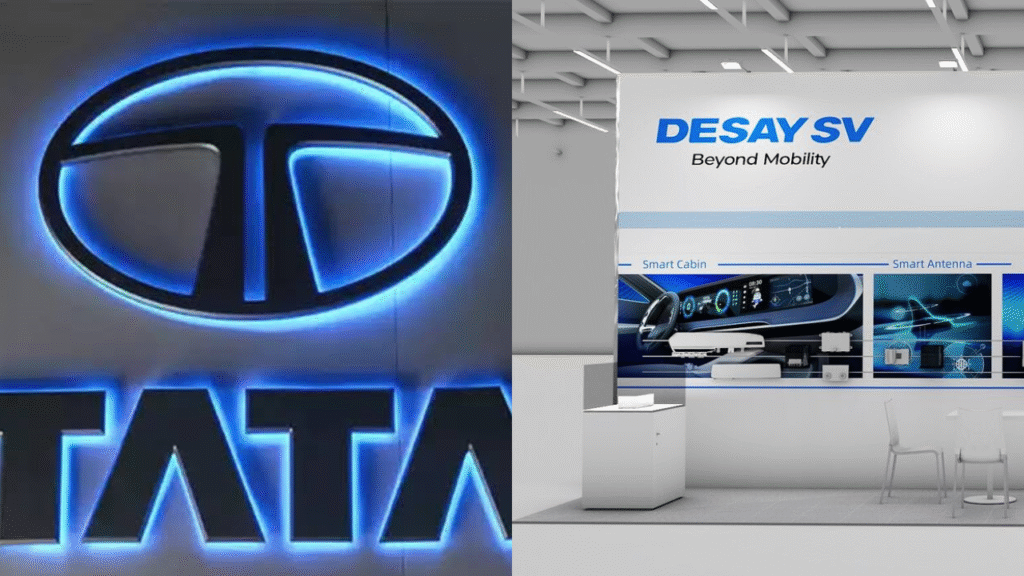
Tata Motors is gearing up for a bold leap into the software-defined vehicle (SDV) era with a new strategic partnership with Desay SV Automotive, a leading Chinese automotive electronics firm. The collaboration aims to accelerate the development of Tata’s next-generation smart vehicles with an advanced digital core and connected ecosystem.
Highlights
- Tata Motors partners with Desay SV to co-develop SDV architecture and software stack
- Over 100 engineers are working on SDV development at Tata’s Pune facility
- The new TiDAL platform will underpin future ICE and EV products
- SDVs will feature ADAS, OTA updates, cloud integration, and more
A Step Towards Smart, Future-Ready Vehicles
The partnership with Desay SV will focus on centralised computing architecture and domain controller-based systems—core building blocks for features such as ADAS (Advanced Driver Assistance Systems), over-the-air (OTA) updates, real-time cloud connectivity, and intelligent in-cabin experiences.
Desay SV, which supplies global players like Volkswagen, NIO, and BYD, brings deep expertise in cockpit domain controllers, high-performance computing platforms, and integrated software systems. These technologies are crucial as the automotive industry shifts from hardware-dominant products to software-driven mobility platforms.
TiDAL: Tata’s Next-Gen Software Architecture
To back its SDV ambitions, Tata Motors has already assembled a dedicated team of over 100 engineers at its Pune facility. This team is actively working on the development of TiDAL, Tata’s in-house SDV platform.
TiDAL is designed to separate software from hardware, making it easier to upgrade features without redesigning the entire vehicle. It promises faster feature rollout, improved cybersecurity, and seamless OTA capabilities across Tata’s future lineup—both electric and internal combustion engine (ICE) vehicles.
Also Read: Tata Sierra To Get New 1.5-Litre Naturally Aspirated Petrol Engine: Here’s What We Know
A Bigger Gameplan for the Future
This partnership aligns with Tata Motors’ massive product revamp plans. Over the next five years, Tata intends to launch 30 new models, including seven all-new nameplates. A major part of this future lineup will be built on SDV architecture to stay competitive in the age of connected, autonomous, and intelligent mobility.
The SDV strategy isn’t just about adding high-end features. With rising demand for digital experiences, safety, and upgradeable features, even India’s cost-conscious mass market is warming up to smart vehicles. Tata’s focus on SDVs signals its aim to lead this transformation rather than follow it.
Collaboration With Group Companies
To further strengthen its SDV initiative, Tata Motors is expected to collaborate with Tata group companies like Tata Elxsi, TCS, and Tata Technologies. These companies bring proven expertise in embedded systems, software validation, simulation, and integration—key pillars in delivering smart mobility solutions.
What’s Next?
The Tata-Desay SV alliance is likely to play a crucial role in shaping Tata’s flagship EVs, including the highly anticipated Avinya series, expected in 2027. Avinya is poised to debut cutting-edge digital features, futuristic design, and global SDV benchmarks—marking Tata’s most advanced offering to date.
With this move, Tata Motors is not just building cars—it’s building a connected, intelligent mobility ecosystem. The partnership with Desay SV underlines its ambition to lead the software-defined future of Indian and global automotive markets.
